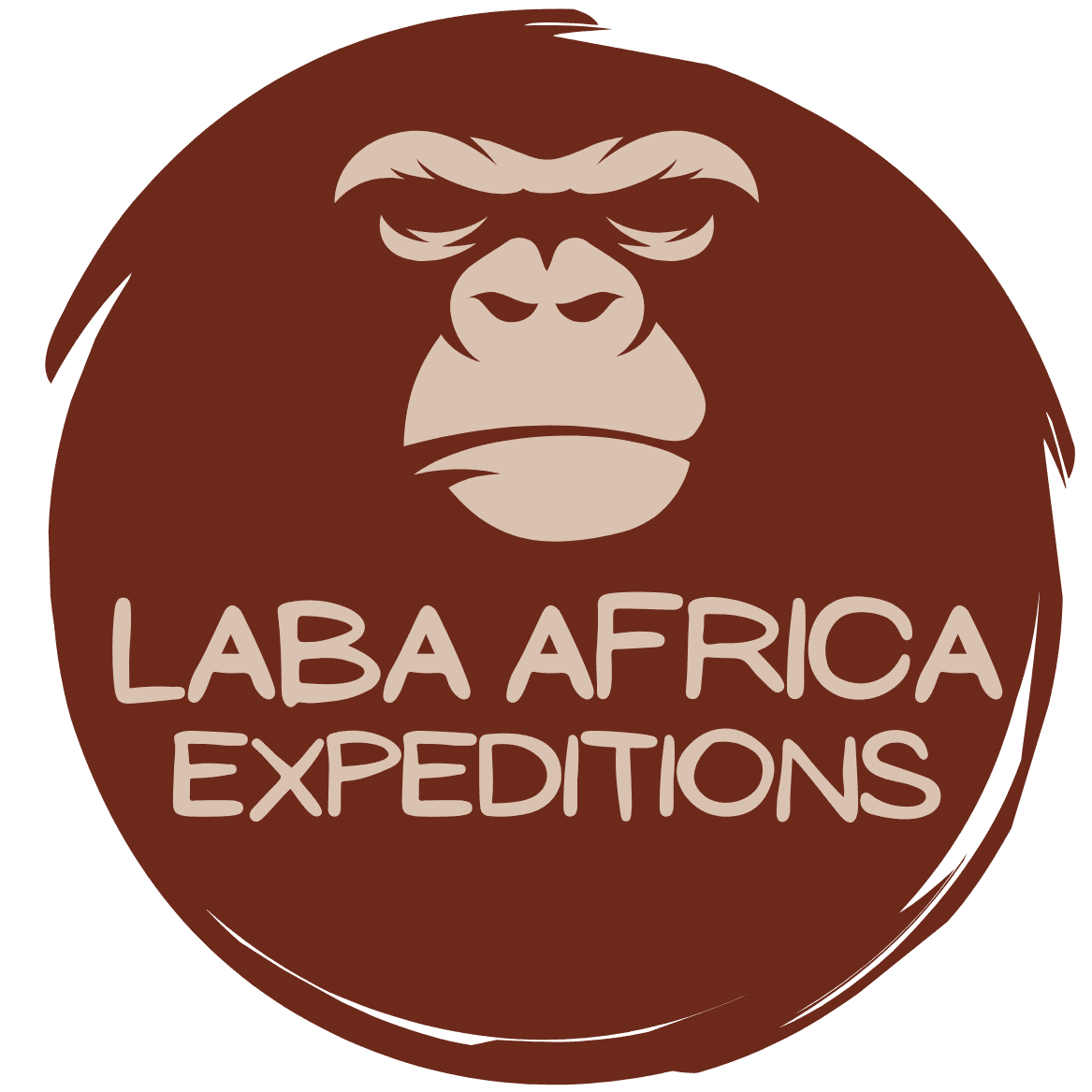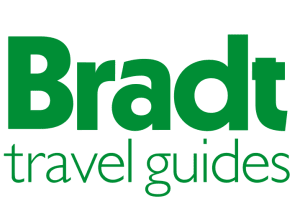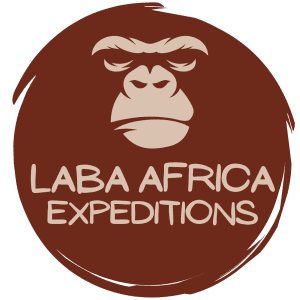DISCOVER UGANDA
Queen Elizabeth National Park Safari
Queen Elizabeth National Park is unsurprisingly Uganda’s most popular tourist attraction. The park’s various habitats, which include wide savanna, shaded, humid woods, dazzling lakes, and lush wetlands, make it a suitable habitat for 10 primate species, including chimps, and over 645 bird species. The park’s magnificent vistas include dozens of enormous craters carved dramatically into rolling green hills, panoramic views of the Kazinga Channel with its banks lined with hippos, buffalo, and elephants, and the endless Ishasha plains, whose fig trees hide lions ready to pounce on herds of unsuspecting Uganda kob.
Queen Elizabeth National Park has a significant cultural past in addition to its superb natural attractions. There are several possibilities for tourists to interact with local people and enjoy storytelling, dance, music, and other activities. The park’s gazetting has secured the protection of its ecosystems, which helps the neighboring community. The majority of the national park is open grassland and savannah, which is moister and woodier in the west than in the east. Thorny Acacia dominates this savannah habitant, with a high concentration of candelabra shrub, a cactus that grows along the Kazinga River and on the Kasenyi plains.
Queen Elizabeth National Park is home to at least 95 species of animals, including 20 predators such as lions, leopards, side-striped jackals, and spotted hyenas. Queen Elizabeth National Park in Uganda is a Medley of Wonders! The park is located in the districts of Kamwenge, Rukungiri, Rubirizi, and Kasese in western Uganda. The Queen Elizabeth National Park now covers an area of approximately 764 square miles.
The park is an extension of Congo’s Virunga National Park and borders Uganda’s Kibale National Park. The park includes the Kyambura Gorge, the Maramagambo forest, the Kazinga Channel, and areas of Lake George and Edward. The park was formerly called as Kazinga National Park when it was founded in 1952. The British Queen Elizabeth II’s visit in the early 1950s so pleased the administration that the park was named in her honor.
Queen Elizabeth’s numerous crater lakes provide breathtaking views. Make a pit break at Nyamunuka crater lake, commonly known as the animal hospital; many people come here to get their wounds treated or to see the aged animals since the water contains Sulphur. Visit the salt mining craters, Lake Katwe, and Lake Bunyampaka. Enjoy the sun setting over Lake Edward with the Rwenzoris in the background. The famed tree-climbing lions of Queen Elizabeth National Park live in the Ishasha section of the park, where they prefer the branches of acacia trees after their night/early morning meals.
The trees also give much-needed shade from the scorching heat, allowing people to enjoy the breezes. Because of its location beneath the rain shadow of the Rwenzori mountain ranges, Queen Elizabeth National Park never endures extended droughts like the Maasai Mara or Serengeti. As a result, it boasts a green landscape for most of the year. Even if there was no wildlife in the park, visitors would be awestruck by the sheer natural beauty of the park’s enormous woods, woodlands, grasslands, lakes, rivers, gorges, and other volcanic features craters, and volcanic cones.
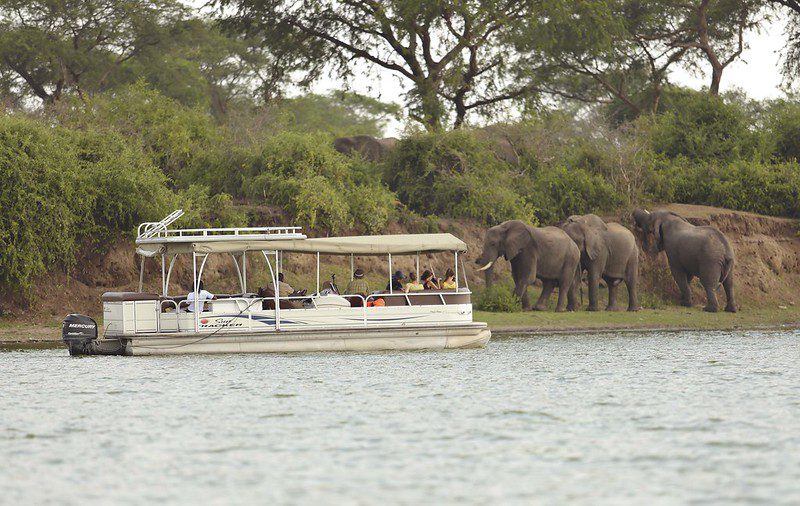
Waterbuck, warthogs, topi, Uganda Kobs, spotted hyenas, sitatunga, Serval cats, mongoose, leopards, large forest pigs, L’Hoest’s monkeys, Jackal, hippopotamus, genial, elephants, crocodiles, civet, chimpanzees, buffaloes, black and white colobus monkeys are among the 95-mammal species recorded in the park.
The national park is a lion conservation area with around 200 lions, including the fascinating tree-climbing lions. Over 645 bird species have been spotted in the park. Bwindi Impenetrable national park, Kibale Forest National Park, and Mgahinga National Park are all within proximity to Queen Elizabeth National Park. This means that visitors will be able to combine a comprehensive wildlife safari with gorilla trekking in Bwindi Forest.
What can I do on a Queen Elizabeth National Park Safari?
Queen Elizabeth National Park is one of the destinations that justifies Uganda’s moniker as “the pearl of Africa.” Beautiful scenery includes woods, woodlands, Savanna, marshes, lakes, rivers, craters, gorges, and terrain. This park never runs out of activities for international tourists. You may find it difficult to complete all of them. Nature hikes, wildlife drives, boat cruises, chimpanzee trekking, tree climbing lions, and bird viewing are the main attractions.
Games Drives
This is the most popular activity since it allows you to see 95 percent of the park’s wildlife that you would see in the Serengeti but with superior beauty and geography, including woodlands, savanna grasslands, marsh regions, acacia woods, crater lakes, gorges, and the adjacent Rwenzori Mountains. You will embark on a 3-4-hour game drive in Queen Elizabeth national park which begins in the early morning and takes you to one of three sectors: Kasenyi plains near Kazinga Channel, Ishasha sector (tree climbing lions), or Katwe crater fields. The crater lakes region boasts a stunning environment that includes enormous craters and salt lakes that developed thousands of years ago.
During the dry season, the crater floors provide a water supply for elephant flamingos, flamingos, and other species. In Queen Elizabeth National Park, the Kasenyi plains in the north are undoubtedly the most picturesque and finest areas to see animals. The grasslands serve as nesting areas for Uganda Kobs. The plains also attract other antelope species, buffaloes, elephants, and predators such as hyenas and lions, making it an ideal location to observe fights between big cats and herbivorous animals. Prepare to be taken by guides and park rangers to the best areas for wildlife watching from the safety and comfort of a four-wheel drive automobile, regardless of which sector you pick for the game drive.
The morning game drive is very intriguing since it allows you to see nocturnal hunters such as hyenas and leopards returning to their burrows after feeding on the night’s meat. nocturnal game drives are ideal for witnessing lions, leopards, and hyenas in action as well as nocturnal birds. Game drives cost $30, with an additional $20 if accompanied by an Uganda Wildlife Authority ranger.
Moving with your tour company guide and a park ranger will enrich your Queen Elizabeth national park safari. Game rangers may guide visitors to the finest areas for wildlife watching while also providing information about the many creatures encountered along the trip. You may need to budget an additional $20 for hiring a flashlight for the night game drives. All payments must be paid at the Mweya Information Centre or the park gates.
Birding during your Queen Elizabeth National Park Safari.
Queen Elizabeth National Park is a popular place for birdwatchers in Uganda. Your Queen elizabeth national park safari will also entail some birdwatching activities in the park, and this can be done either during a game drive, boat cruise or nature walk tour in the park. The Bird Observatory at Mweya has a complete list of the park’s birds. Birders on a tour to the national park will be blown away by the variety of species that live in the woods like Budongo, the Kazinga Channel, and the plains, craters, and gorges like Kyambura. Queen Elizabeth National Park birdwatching safaris during certain seasons of the year, millions of migratory birds flock to the park to escape the harsh winters of Europe, making it a genuine birder’s paradise.
Yellow-backed, Yellow wagtails, Yellow-throated Cuckoo, Yellow-backed Weavers, Wood sandpipers, and Carruthers Cisticolas are among the bird species to look out for. Whalberg’s Eagle, White-winged Terns, White-tailed Lark, White-faced Whistling, White and Abdim’s Storks The Water Thick-knee, the Verreaux’s Eagle Owl, Spur-winged and African Wattled Plovers, Spotted Redshank, Slender-tailed Mourning Dove, Slender-billed and Shoebill Storks, Sedge Warblers, Saddle-billed Storks, Ringed Plover, Red-chested Sunbirds Pink-backed pelican, Papyrus Gonolek, Papyrus canary, Open-billed Stork, Northern Pochard, Martial Eagle, Malachite and Pied Kingfishers, Little Stint, Lesser Masked Weavers, Lesser, and Greater Flamingo, and more.
Explore Kazinga Channel on a Boat Cruise Tour.
This boat tour is planned in the Kazinga Channel, which is one of the best areas in Africa to see animals. This waterway joins Lake George and Lake Edward and serves as the focal point for most of the park’s animals to drink, hunt, and bathe. During the bird migration season, there are more species of birds found here than in North America. Even those who have been on multiple safaris will be impressed by the sheer density and variety of animals along the Kazinga waterway.
Hippos, water birds, and crocodiles govern the waterways, while elephants, antelopes, and predators such as leopards sip water in the channel’s shallows. Costs for this activity cost $30 and may be purchased at the Mweya Visitor Information Centre. The activity is scheduled in shifts throughout the day, with the choice of utilizing either the less expensive public boats or the more expensive private boats held by Mweya Safari Lodge.
Search for the famous Tree Climbing Lions in Ishasha Sector.
The Ishasha region in Queen Elizabeth National Park is home to uncommon tree-climbing lions. They are not a subspecies and are not distinguishable from the lions found in the Kasenyi sector or other Ugandan national parks. The lions in this area have adapted to a life spent climbing the abundant fig trees after hunting in the morning or the midday heat. Scientists have not determined why these lions climb the trees, however, there are ideas that they do so to avoid insects and parasites such as Tsetse flies on the ground.
Game drives to the Ishasha region are scheduled with the goal of spotting lions high in the trees. Aside from lions, the Ishasha region is home to warthogs, buffaloes, and elephants. The Ishasha sector is close to the route leading to Bwindi, making it an ideal stopover for those hoping to view the lions and gorillas in Bwindi Impenetrable Forest National Park.
Trek Chimpanzees in Kyambura Gorge.
Chimpanzees are one of the most fascinating creatures on the planet. They are far cleverer than even the largest gorillas. Chimpanzees may be tracked at Queen Elizabeth National Park’s Kyambura Gorge. The Kyambura Gorge is a depression/valley in the western area of the park formed by the powerful waters of the Kyambura River. The Gorge stretches over 16 kilometers, is 100 meters deep, and is 500 meters broad.
The gorge is currently surrounded by dense trees and water streams. Several primates live in this subterranean forest, including baboons, black-and-white Colobus monkeys, and red-tailed monkeys. You may see many of the species in the wide valley from the observation platform above the gorge. Visiting the gorge provides an opportunity to witness birds, snakes, butterflies, and other water bodies in addition to monkeys.
It is also an opportunity to learn about plants and animals found nowhere else on the planet. The 2 to 4-hour Chimpanzee tracking experience at the Kyambura Gorge costs $50, and only eight chimpanzee permits are provided each day. All of the chimpanzees in the valley are habituated, and reservations are taken at the Mweya Information Centre. The odds of sighting chimps in the morning are fairly high, however not as great as in Kibale National Park.
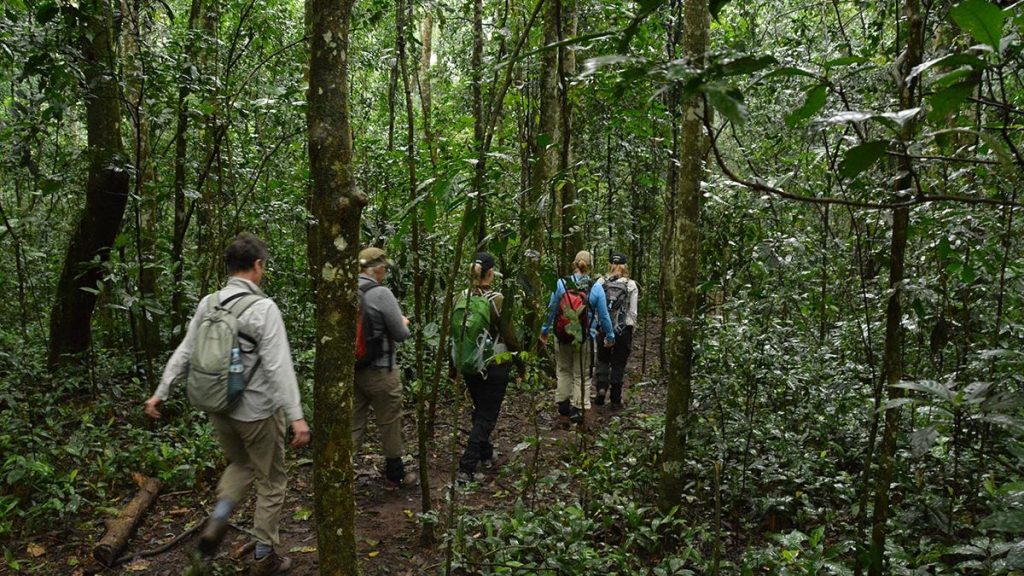
Nature Walks in Maramagambo Forest
The Maramagambo forest in Queen Elizabeth national park is a famous destination for birders. Nature walks are offered in this big forest to learn about forest conservation while also observing little crater lakes, birds, monkeys, and other forest critters. When it comes to primates, the Maramagambo forest is home to nine different species, including chimps, L’Hoest’s monkeys, Vervet monkeys, bush babies, red-tailed monkeys, and baboons.
One of the pathways goes to a complex of caves where hundreds of bats live. These bats entice big rock pythons, who eat on them. Both the bats and the pythons may be seen from a safe viewing location. The chimpanzees in the Maramagambo forest are not yet totally habituated, but they may still be seen on lengthy trips into the forest interior. A guided hike through the Maramagambo forest costs $30.
Visit Katwe Salt Mine.
Lake Katwe is one of East Africa’s few salt lakes. Because of the excessive salinity, there is no fauna in the lake. Despite this, the region around the lake is a swarm of activity, particularly during the dry season, when people congregate to remove salt from the milky waters. Salt mining has been going on for generations in Katwe and was once quite profitable until alternative supplies and ways of mining were discovered. Lake Katwe provides the majority of the salt used in Ugandan houses.
Despite the hazards posed by the deadly saline waters, salt is still mined traditionally by hand. Tourists may learn about the salt mining business and connect with the local mining community by visiting the mines. The majority of the salt is sold to manufacturers, with the remainder being transported home by the miners.
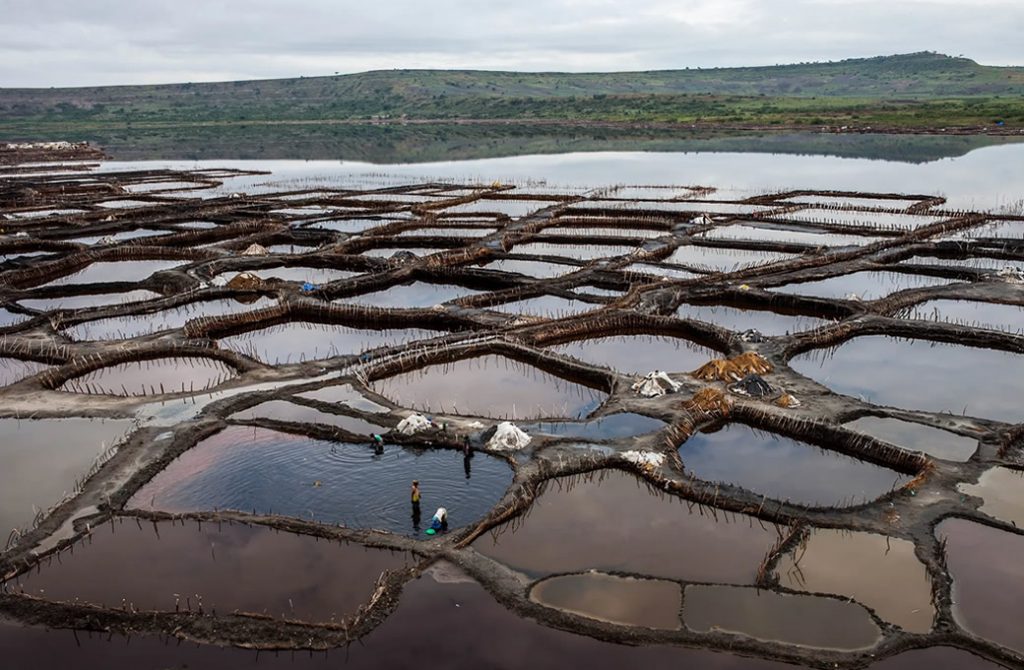
Community Cultural Tours during your Queen Elizabeth National Park Safari.
A vacation to Africa, and particularly to Uganda, would be incomplete without a visit to one of the native tribes. A visit to the Kikorongo Equator Cultural Group on a safari to Queen Elizabeth National Park may be arranged to witness and participate in traditional dances, theater, and fire-making. When you pay a visit to the Kikorongo Equator Cultural Group, you will learn how to manufacture native art and crafts, such as weaving baskets out of natural fibers. Many of these items may be purchased at moderate costs.
Following a tour to the group, the guides will take you to individual households to discover how the locals cook, manage their gardens, create household goods, and construct grass-thatched dwellings. There are countless chances for cultural activities, with practically every resort and hotel organizing its trips for its inhabitants. The Kikorongo cultural ensemble is frequently invited to perform in the park’s lodges. Other cultural contacts include walking through Katwe Village, seeing local schools, and visiting the Nyanz’ibiri Cave Community.
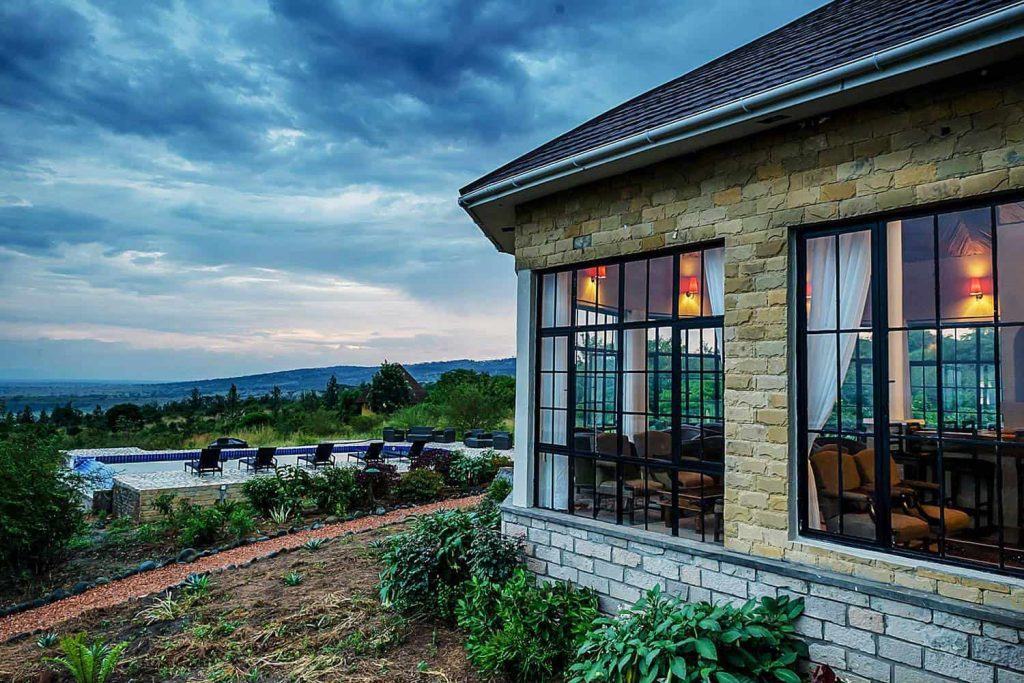
Where to stay during your Queen Elizabeth National Park?
When you book your safari to Queen Elizabeth national park through your tour operator company, you will stay in any of the following lodges basing on your budget; Pumba Safari Cottages, Mweya Safari Lodge, Kasenyi Safari Camp, White House Hotel, Park View Lodge, Ishasha Wilderness Camp, Enganzi Lodge, Elephant Plains Lodge, Simba Safari Camp, Elephant Hub Lodge, Queen Elizabeth Bush Lodge, Queen Elizabeth Safari Camp, Lake Chibwera Camp, Kyambura Tented Camp, Mweya Hostels and Cottages, Katara Tented Camp, Mweya Hostels and Cottages, Katara Lodge, Ishasha Tented Camp, Ishasha Jungle Lodge, and Ishasha River Camp among others.
Take a look at our 3 Days Queen Elizabeth National Park Safari
Day 1: Pick up and transfer to Queen Elizabeth national park
Depending on your location in Kampala on the first day of the 3 days Queen Elizabeth national park safari, you will be welcomed by your driver guide who will be assigned to you by your tour operator company. Your driver guide will brief you about the safari and then start the journey to Queen Elizabeth national park. You will set off from Kampala at 7/8 am in the morning with a stopover for breakfast at the equator in Kayabwe.
On the way you will enjoy great views of the landscape, tea plantations, Rwenzori Mountain ranges with another stopover for en-route lunch. After lunch you will continue the journey to the park and upon arrival you will go for an evening game drive where you will be able to view animals like buffaloes, Uganda kobs, waterbucks, elephants and then drive to the lodge for dinner and overnight stay at your preferred lodge.
Day 2: Morning game drive/ optional Lion tracking experience and afternoon boat cruise
After an early breakfast on the second day of your three-day Queen Elizabeth National Park safari, you will meet your driver guide for a morning game drive where you will be able to see various animals such as elephants, buffaloes, waterbucks, bushbucks, warthogs, leopards, Uganda kobs, a variety of bird species, and take beautiful photographs of the landscape and sunrise, among other things. Following the wildlife drive, you will return to the lodge for lunch.
After lunch, you will go on an exhilarating boat tour on the Kazinga canal, a piece of water that connects Lake Edward and Lake George. The scheduled boat cruise lasts approximately 2 to 3 hours and allows you to take clear photos, cruise meters away from large concentrations of hippos and Nile crocodiles in water, other animals such as elephants, buffaloes, antelopes, and others that will be drinking water along the banks, aquatic bird species, and view fisher men on the lake shores preparing their fishing gear for night fishing, among other things. After the interesting boat ride you will return to the lodge for an evening relaxation, dinner and overnight as above.
Day 3: Departure to Kampala
On the last day of your three-day safari in Queen Elizabeth National Park, you will enjoy a leisurely breakfast, check out of the lodge, and meet your driver guide to begin the journey back to Kampala with an en-route lunch. After lunch, you will continue your journey with another stoppage near the Equator, where you will be able to buy artisan goods and take photographs before continuing on to Kampala, where you will arrive in the early evening. When you arrive, your driving guide will drop you off at any location of your choosing.
